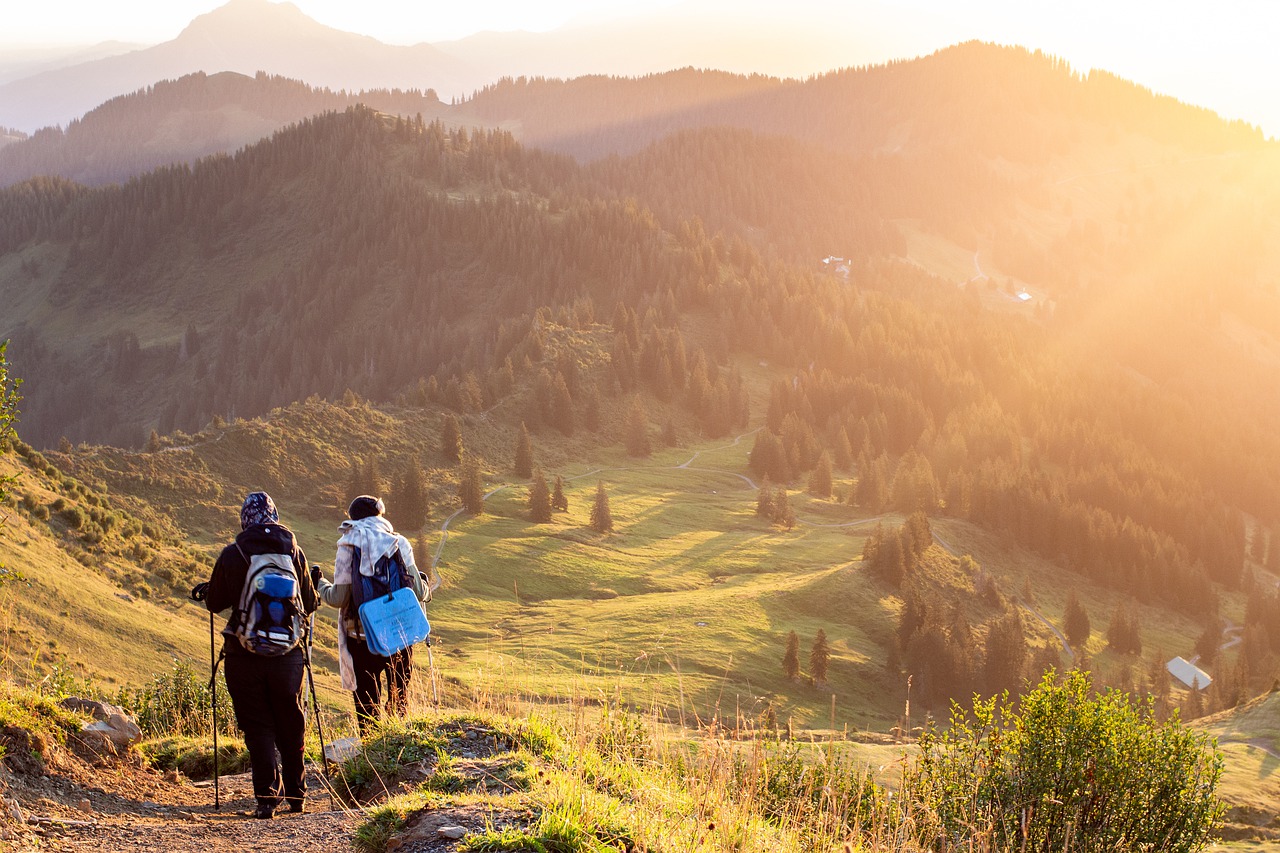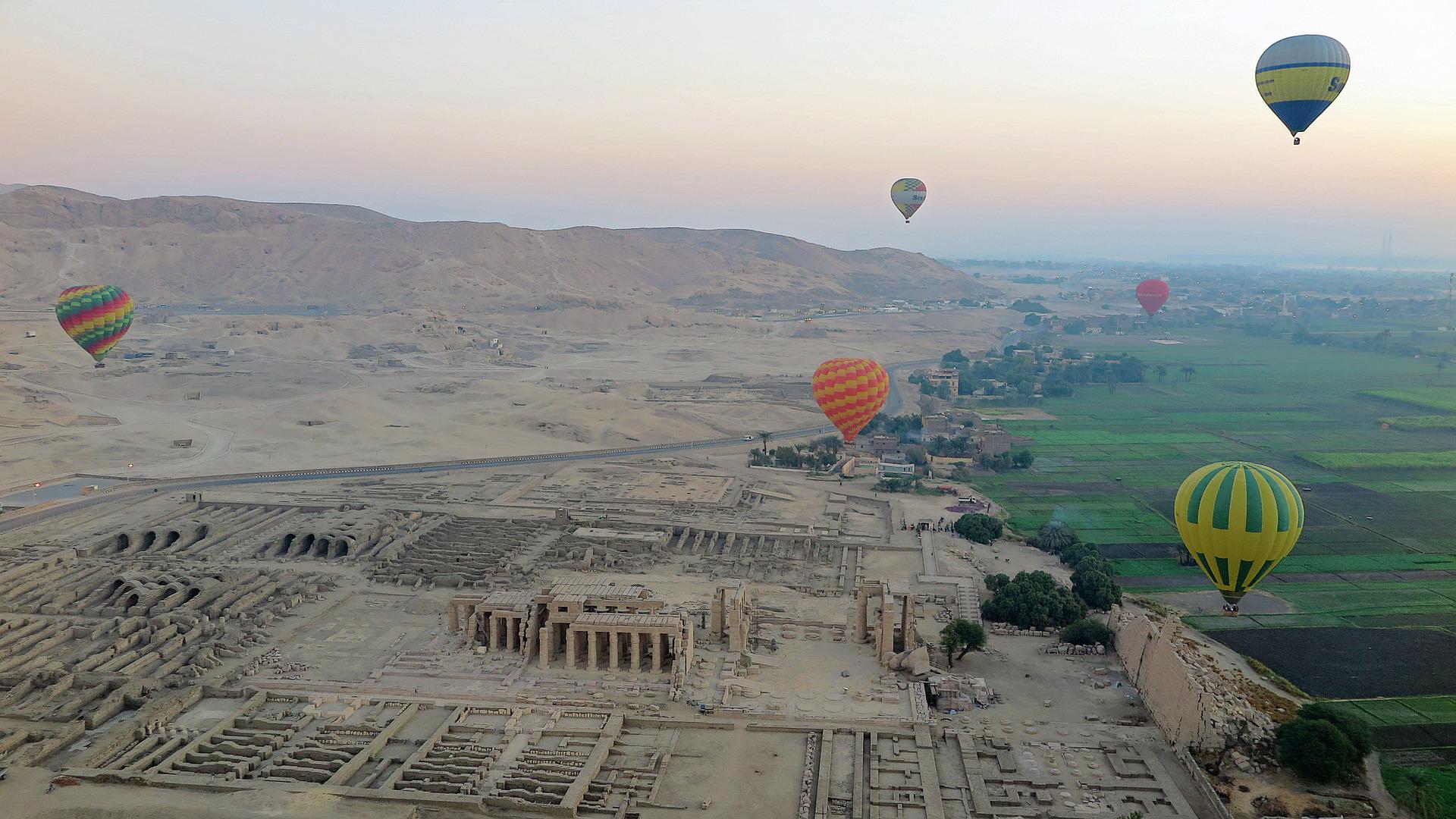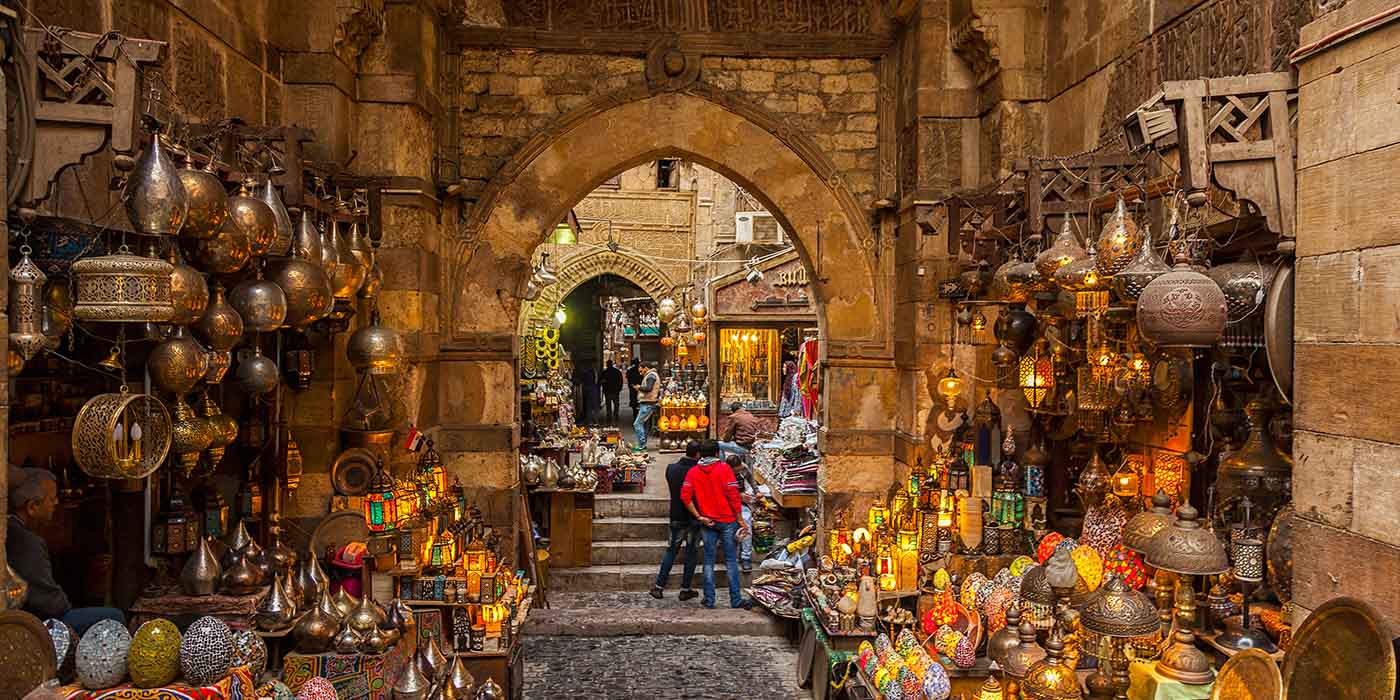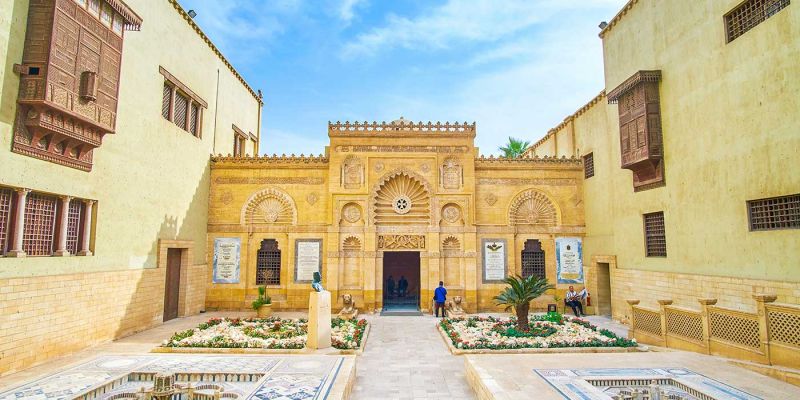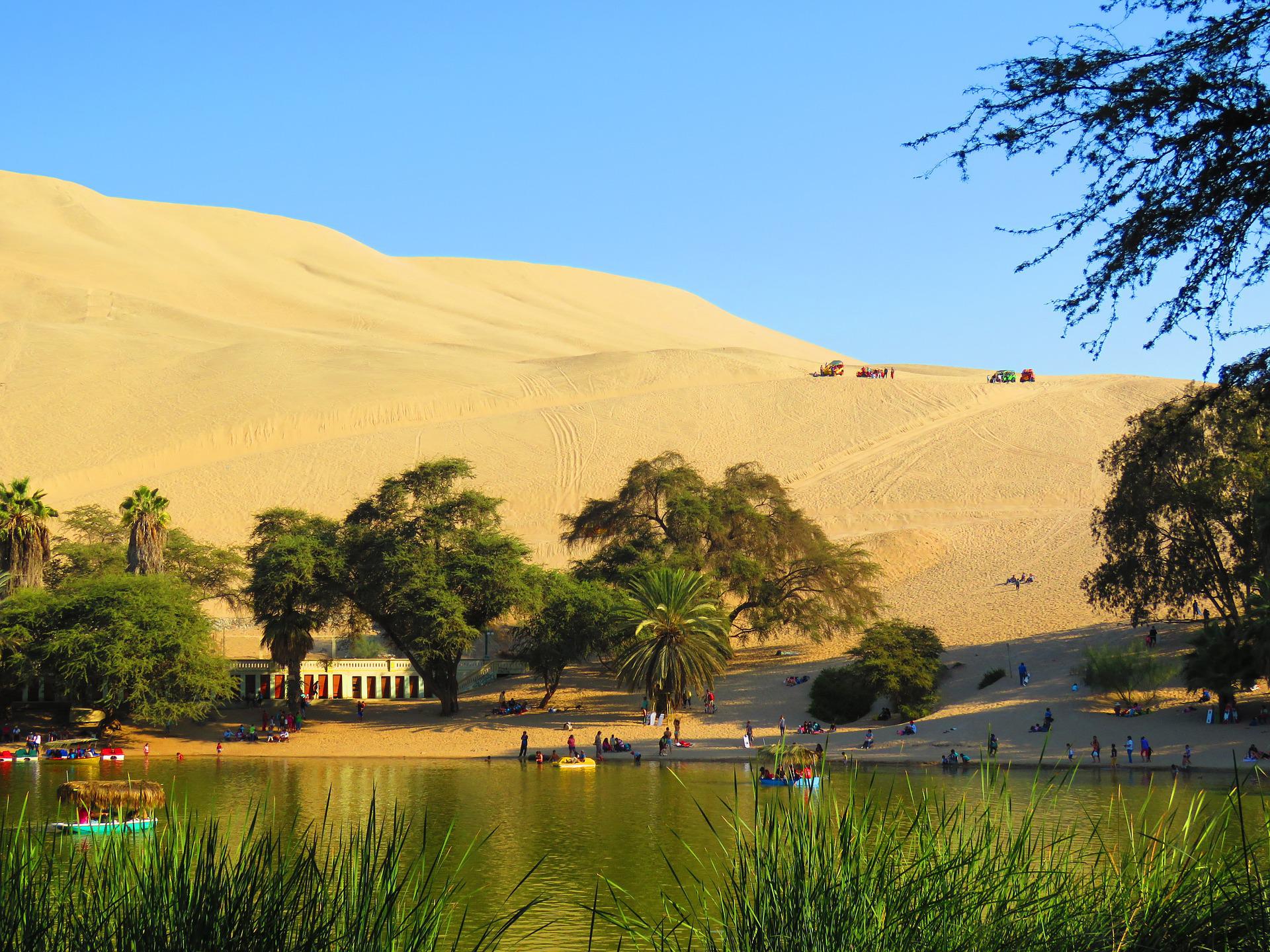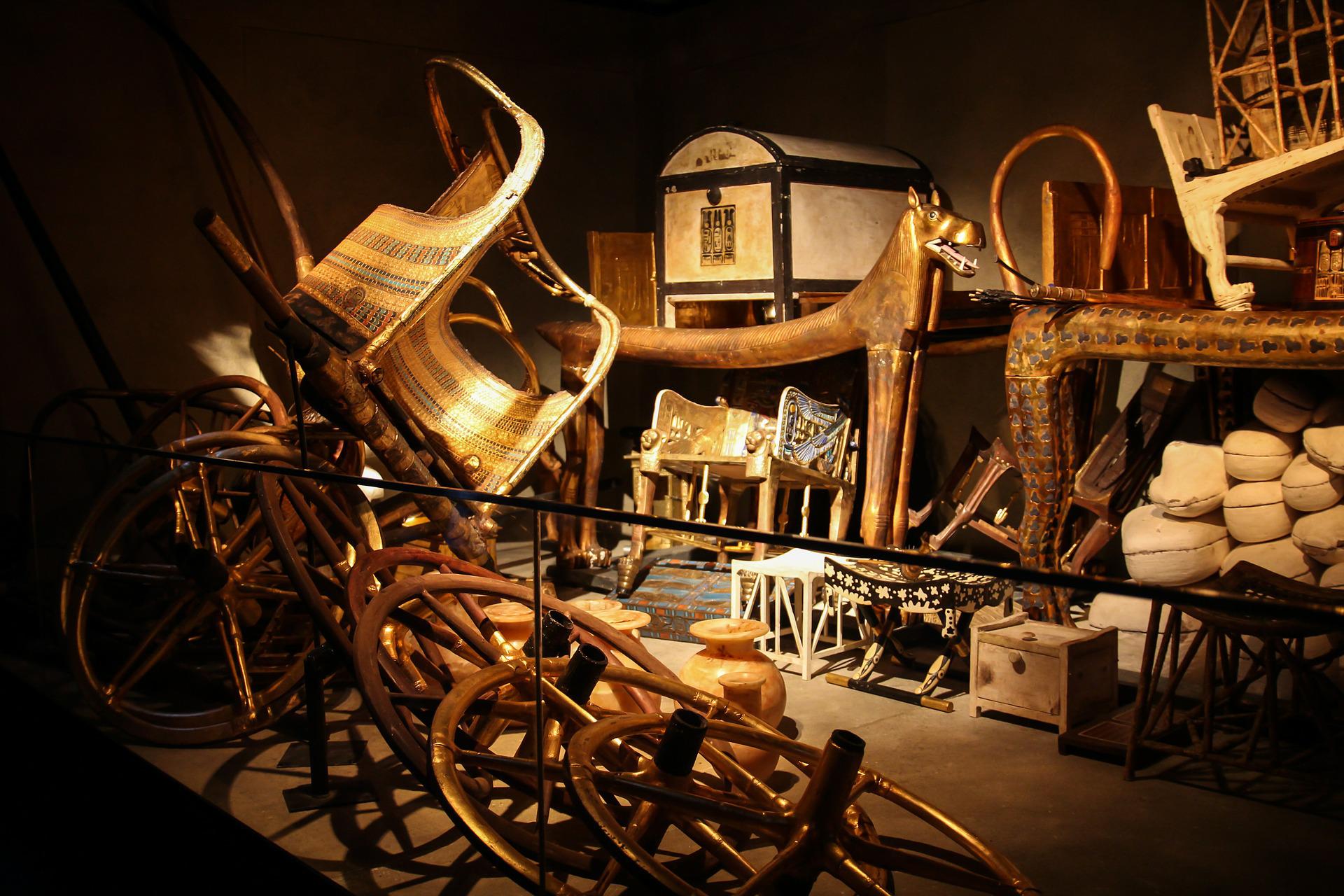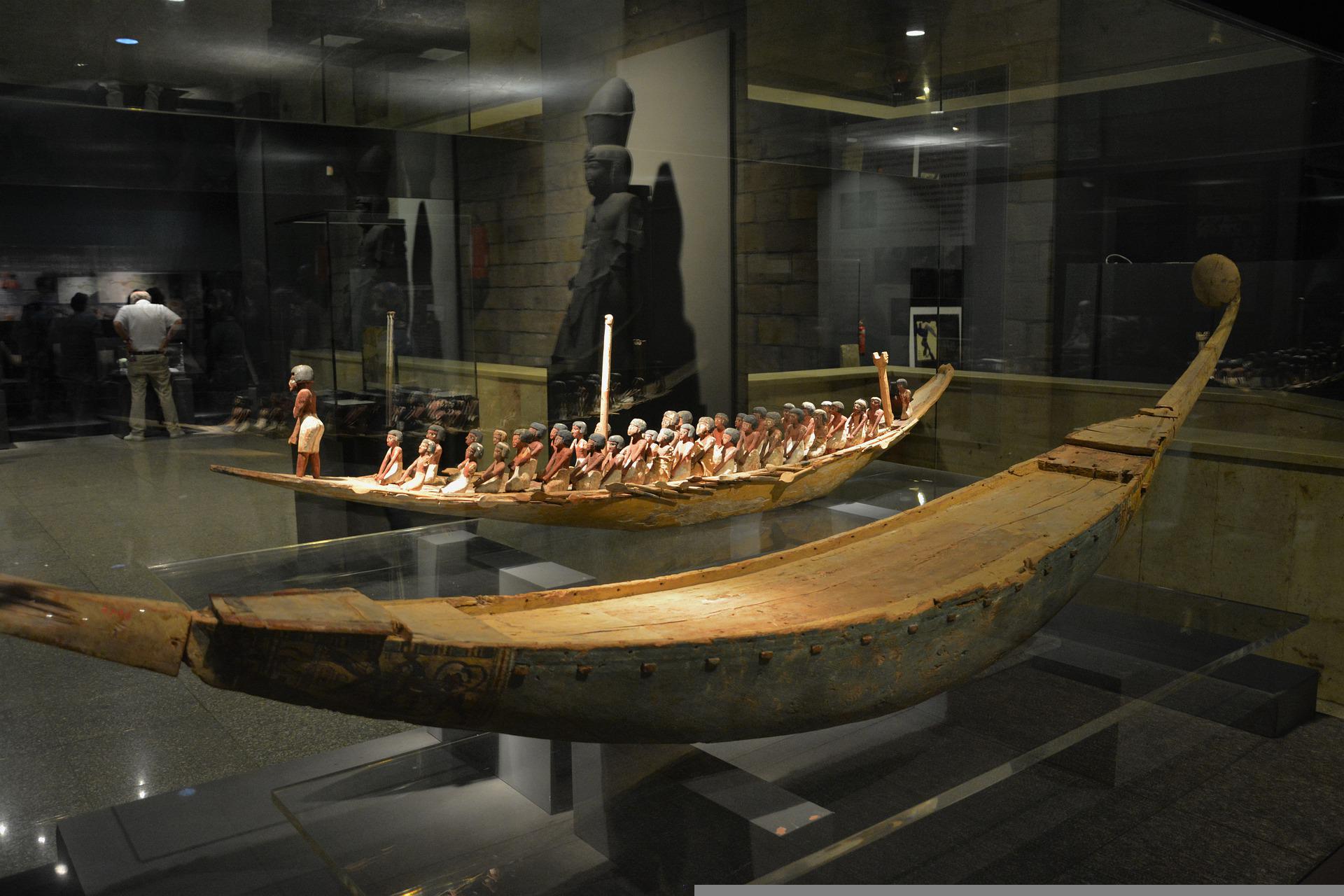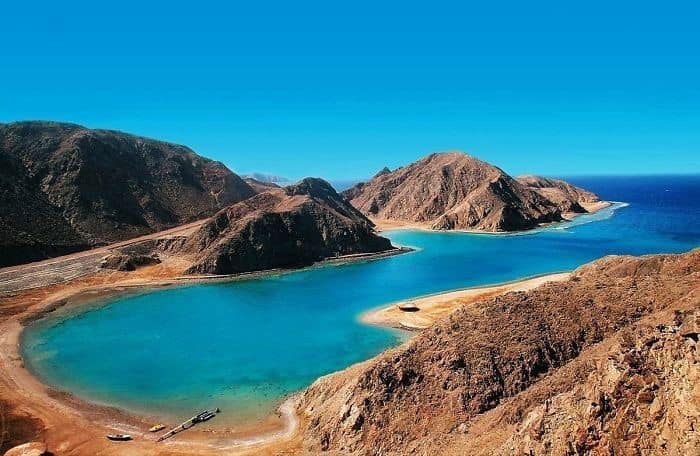
Alexandria Travel Guide
About Alexandria
Here you reached The Mediterranean Pearl, one of the best spots to hit all along the year in Egypt, Alexandria, the masterwork founded by Alexander the Great in 331 BCE.
Alexandria is Egypt’s second-largest city, the home of the Roman Empire in Egypt with the Wonders of the Ancient World, and Anthony and Cleopatra’s tempestuous romance. And for now enjoy the interesting series, magnificent mosques, the fresh air over the Corniche, lovely gardens, delicious seafood restaurants, both modern and traditional hotels, the medieval Citadel of Qaitbay, and the royal Montazah palace, Bibliotheca library, and lots of other gems to explore.
The fantastic city founded by Alexander the Great rising on the North coast of Egypt, extended on miles across the Mediterranean sea.
On a cultural level, the city embracessed the world greatest Library, Alexandria Biblioteca, event after great fire after Julius Caesar was besieged, the new one standing at the same location.
Also, from the lost heritage, The lighthouse was destroyed in an Earthquake, which also used to be one of the seven wonders of the ancient world.
Making your tour in Egypt wouldnt be complete without enjoying the cultural essence of the city, including:
- Bibliotheca Alexandria
The modern structure and imagination of Alexandria's ancient Great Library, one of Egypt's most important contemporary landmarks a host of museums exploring Alexandria's history and heritage.
The Great Bibliotheca stands shaping a giant sun disk over the waterfront Corniche. The mega library contains number of reading rooms can hold eight million volumes.
On the other side of the library, Alexandria's Antiquities Museum holds a collection that romps from Ancient Egypt through to the Greco-Roman era, with its highlight exhibits displaying statuary found during underwater archaeological excavations in the harbor.
Beneath the library, the Manuscript Museum, displaying a collection of ancient texts, scrolls, halls hosting rotating contemporary art exhibitions, a permanent Egyptian folk art collection, and a Science Museum and Planetarium that are aimed squarely at children.
- The Catacombs of Kom el-Shuqqafa
Discovered in 1900, a multi-chamber of tomb rocks with a spiral staircase leads down into the ground to the main rotunda at the southern slopes of a hill at Carmous district dated to the 2nd century AD, known locally as Catacombs of Kom el-Shuqqafa.
The historical site shows a great example of the Egyptian and Greco-Roman fusion resulting in the special Alexandrian style.
- Fort Qaitbey
Walk the long shore-front Corniche road of the Eastern Harbor heading west, and you'll finally arrive at Fort Qaitbey.
It may be a poor substitute for what was once the site of the mighty Pharos Lighthouse – one of the seven wonders of the ancient world,
which was toppled by a violent earthquake in 1303 – but this squat fort has been standing guard over Alexandria since 1480.
Fort Qaitbey was built by Mamluke Sultan Qaitbey in an effort to fortify this important Egyptian port from attack,
and rubble from the toppled lighthouse was used in its construction.
Inside, you can explore the series of stone-walled chambers and climb up to the roof to look out over the Mediterranean.
- Alexandria National Museum
You can't miss the great collection commemorating the famed city's history and heritage, covering the period from the Pharaonic era, to the Hellenistic heyday when Alexandria and Egypt were governed by the Ptolemy dynasty begun by Alexander the Great, and up to the Byzantine and Islamic periods (on the 1st floor).
The museum floors exhibits exhibits of statuary and artifacts from the underwater archaeological explorations of the sunken port city of Heracleion-Thonis in Aboukir Bay.
- El-Montazah Gardens
El-Montazah is the Arabic term for Garden, which really applies its meaning, in heaven of tall palm trees, trimmed lawns, and blossoming flowers that were once off-limits to all but the royal court.
El-Montazah was built by Khedive Abbas Hilmi in the 1890s, and later was substantially extended King Fuad and replaced Ras el-Tin Palace as the royal family's summer house.
El-Montazah Palace's design was ornate Florentine-inspired towers and Rococo flourishes, which are now accessible to visitors, however, you can go around the garden. The coastal end of the park is a small beach with a peculiarly whimsical bridge to a small island.

